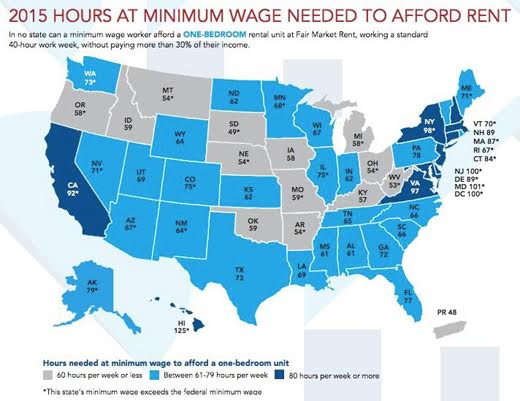
In 1944, President Franklin D. Roosevelt, preparing to run for a fourth term, proposed a “Second Bill of Rights” for post World War II U.S., one that would update and complement the first Bill of Rights which accompanied the U.S. Constitution. The press called it an “Economic Bill of Rights.”
Below from Roosevelt’s address are the major points
- The right to a useful and remunerative job in the industries or shops or farms or mines of the Nation;
- The right to earn enough to provide adequate food and clothing and recreation;
- The right of every farmer to raise and sell his products at a return which will give him and his family a decent living;
- The right of every businessman, large and small, to trade in an atmosphere of freedom from unfair competition and domination by monopolies at home or abroad;
- The right of every family to a decent home;
- The right to adequate medical care and the opportunity to achieve and enjoy good health;
- The right to adequate protection from the economic fears of old age, sickness, accident, and unemployment;
- The right to a good education.
Those rights remain a decent standard to judge both social progress and the quality of life for the masses of people. But the chart accompanying this article shows how far away the people are from achieving those rights.
“The right to earn enough to provide adequate food and clothing and recreation.” How is that possible with the present single digit minimum wage? The campaign for a fifteen-dollar minimum wage is a step in the right direction.
“The right of every family to a decent home.” How can that be when at the present minimum wage, one must work, theoretically, 80 hours or more in states like New York and California to afford rent. And no one should think that they are lucky if they live in the 13 states where they must only work 60 hours or less to afford rent, since many of these states are low-wage to begin with,
We should take this chart as a challenge to fight not only for a realistic and real minimum wage, but for public housing and rent controls, policies which were established when Roosevelt was President and workers were advancing on many fronts – an upsurge that produced real content and change.
That is what capital fears most and that is what we must represent in both theory and practice










